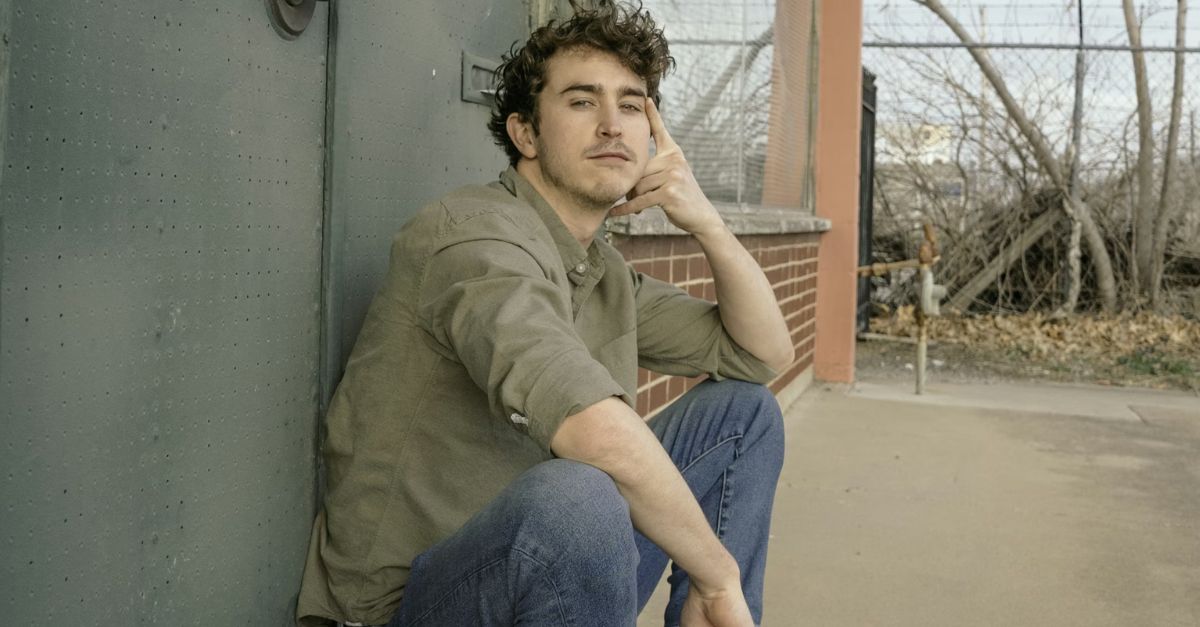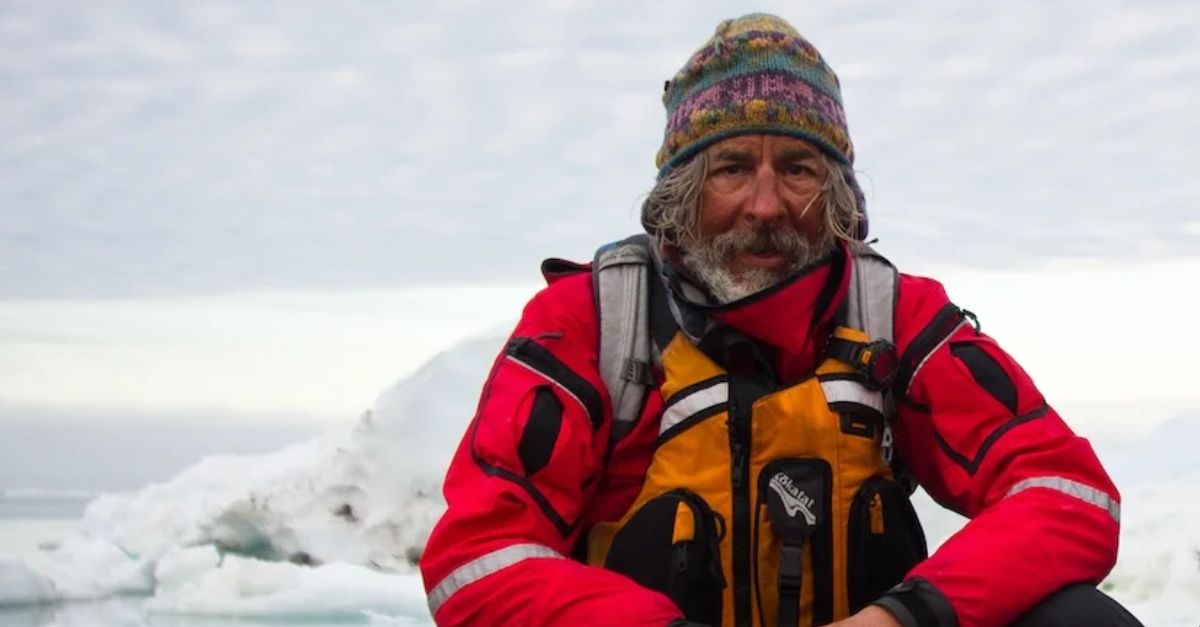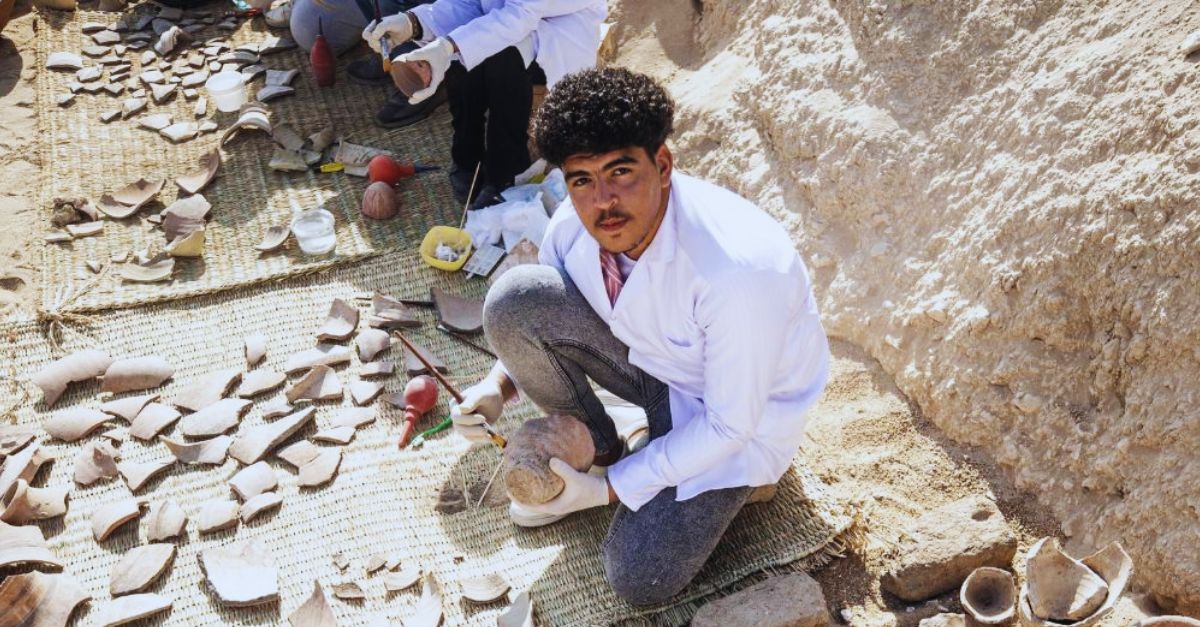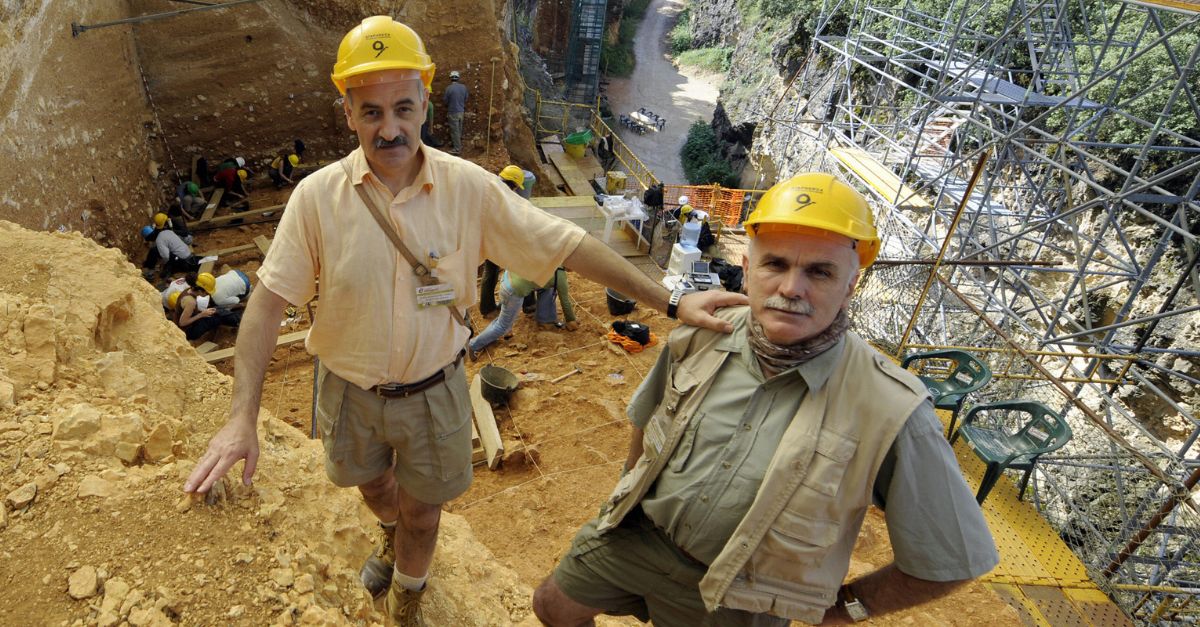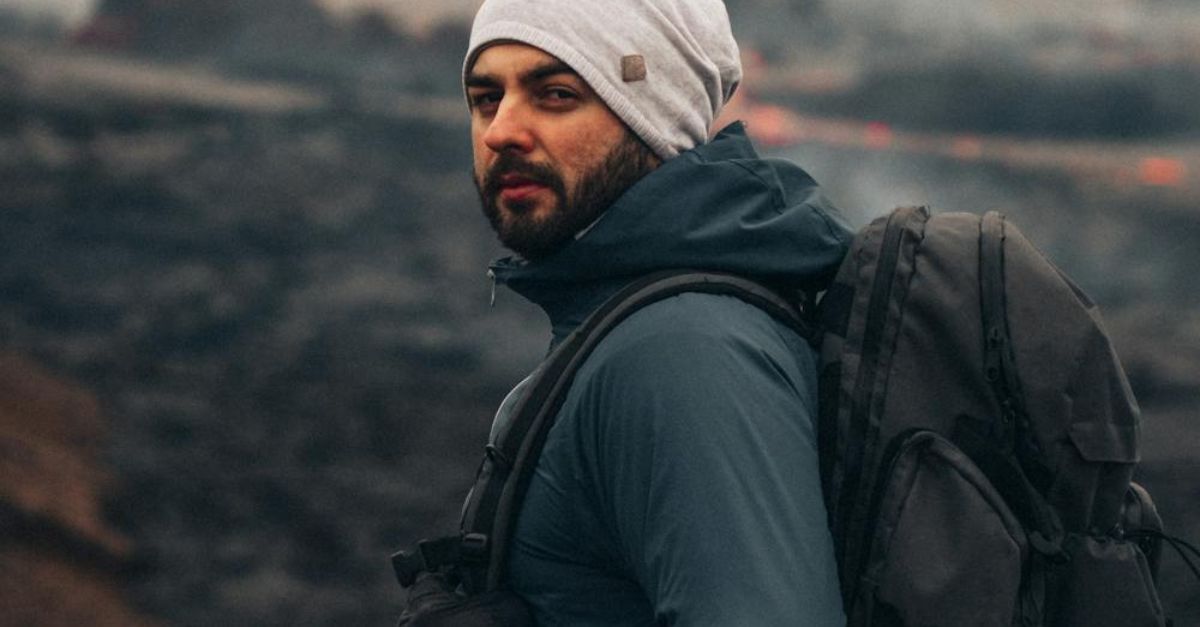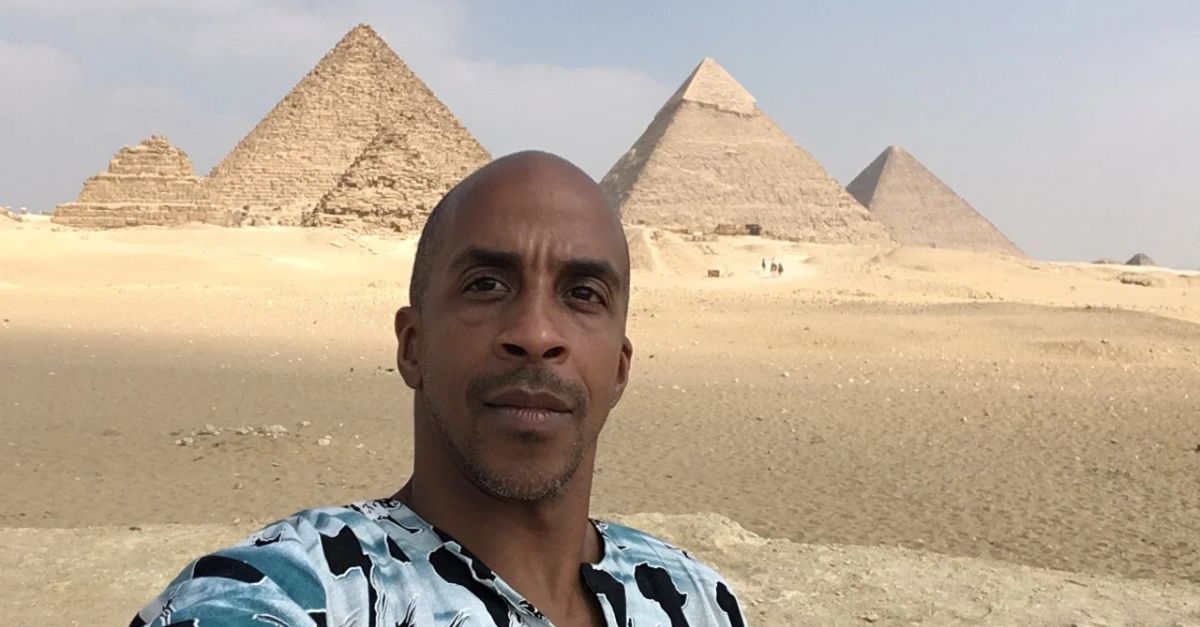Some countries simply make backpacking easier, cheaper, and more rewarding. Using community insights from travelers, hostel-availability data, and affordability metrics, we’ve ranked 20 of the best backpacking countries in the world, ending with the country that backpackers overwhelmingly rank as the planet’s #1 destination.
